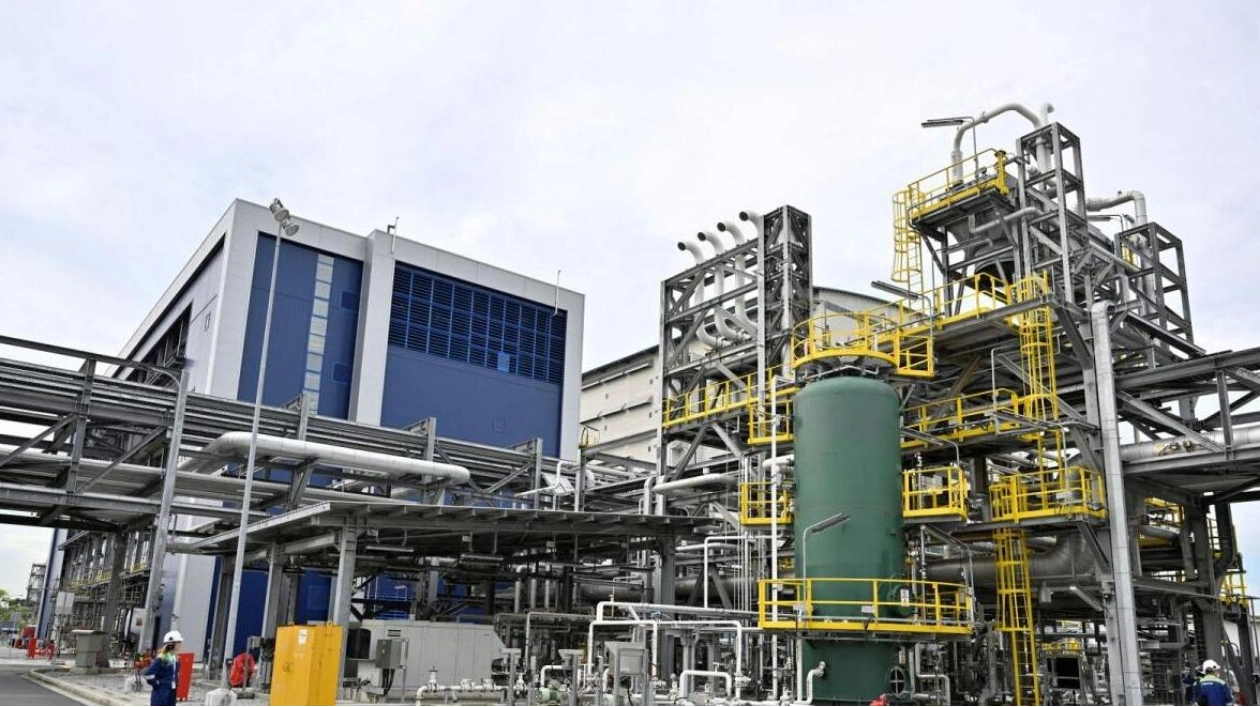Oil refiners are experiencing reduced profits from selling gasoline as the anticipated surge in demand during the US summer driving season has not materialized, leading to lower production rates. This downturn has disrupted years of record profits from transportation fuel sales. In the US, the largest gasoline market globally, refiners increased production significantly in anticipation of higher demand, which failed to emerge. US gasoline demand stood at 9 million barrels per day in early June, down 1.7% from the previous year and at its lowest seasonal level since 2021, according to government data. In Asia, the gasoline market's weakness has already prompted production cuts, and similar reductions are expected globally in the coming weeks, potentially impacting global crude oil demand. BMI, a unit of Fitch Solutions, noted the risk to refiners' strategy of maximizing output to achieve record profits due to declining margins. Brent oil prices have dropped about 9% from their mid-April peak, trading around $83 a barrel, partly due to concerns over increased supply from Opec+ producers. The group recently highlighted the slow start to the summer driving season and low profit margins as factors affecting market sentiment. Despite the drop in crude prices, Asian refiners' profits from converting a barrel of Brent into gasoline halved in late May to around $4 per barrel, driven by an oversupply of fuel. Overall refining margins in Singapore fell below $2 a barrel in May, compared to an average of $5 a year ago. European gasoline refining margins hit their lowest since late January at $10.80 a barrel on June 13. The US gasoline crack spread, measuring the difference between gasoline futures and the cost of WTI crude oil, fell below $22.50 a barrel for the first time since February. Taiwan's Formosa Petrochemical Corp plans to reduce its crude distillation unit processing rates in June due to weakened market conditions. Factors affecting US demand include increased air travel and the rise of fuel-efficient and electric vehicles. US gasoline stockpiles have risen by 5.7 million barrels since April to 233.5 million barrels, the highest for this time since 2021. US refiners have reduced their utilization rates, and further cuts may be necessary if demand remains weak. The EIA has revised its forecast for US gasoline consumption this year downwards. Market performance has been consistently below expectations, although some improvement is expected as the summer progresses. However, the market must still contend with increased supply from new and expanded refineries in the Middle East, India, and China, which are taking advantage of discounted Russian oil. Asian gasoline cracks are expected to remain under pressure through the summer.

Text: Lara Palmer
17.06.2024
US and Global Refiners Face Reduced Profits as Anticipated Summer Demand Falls Short





